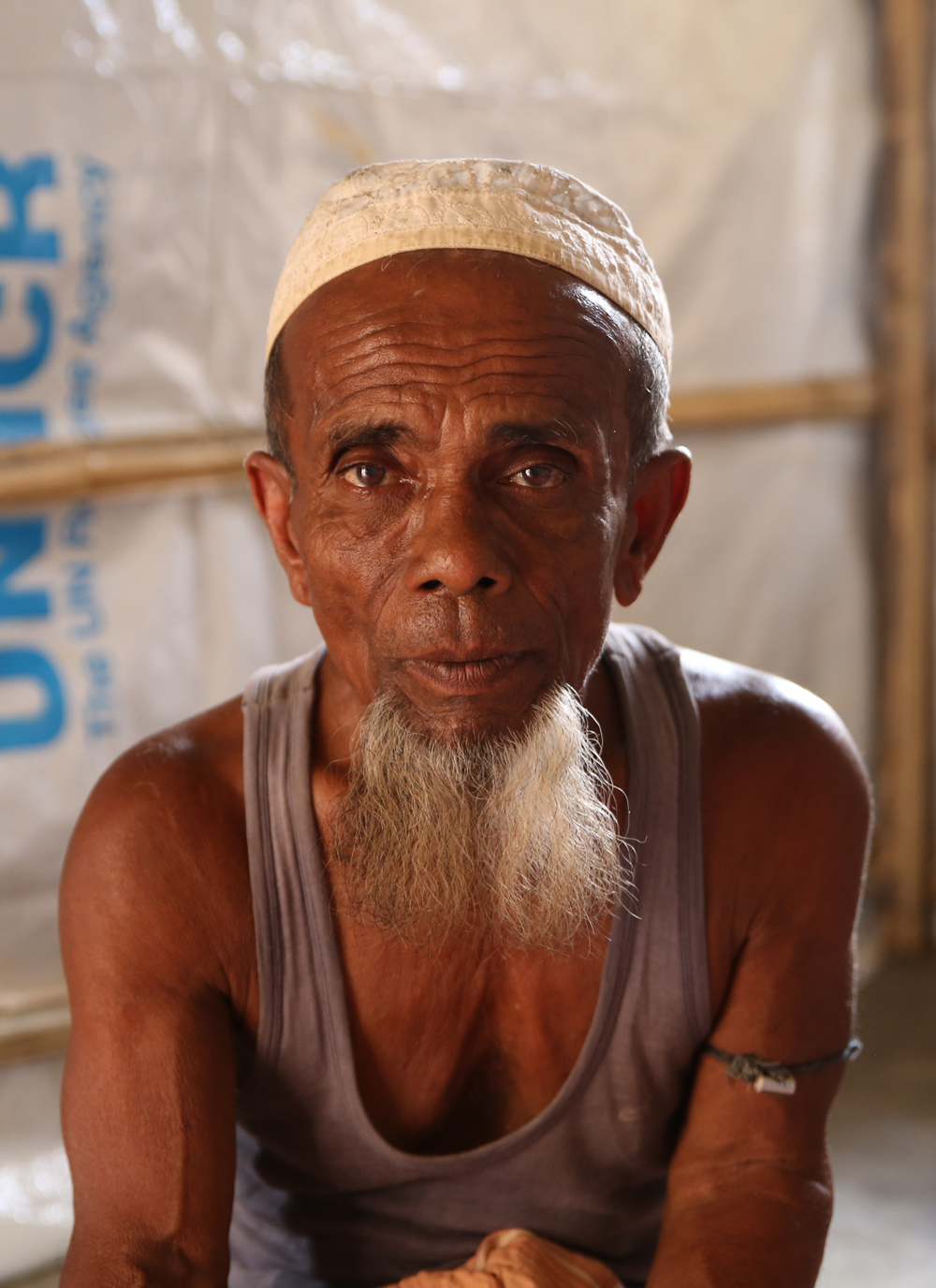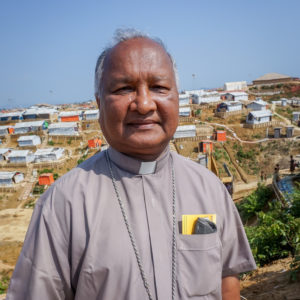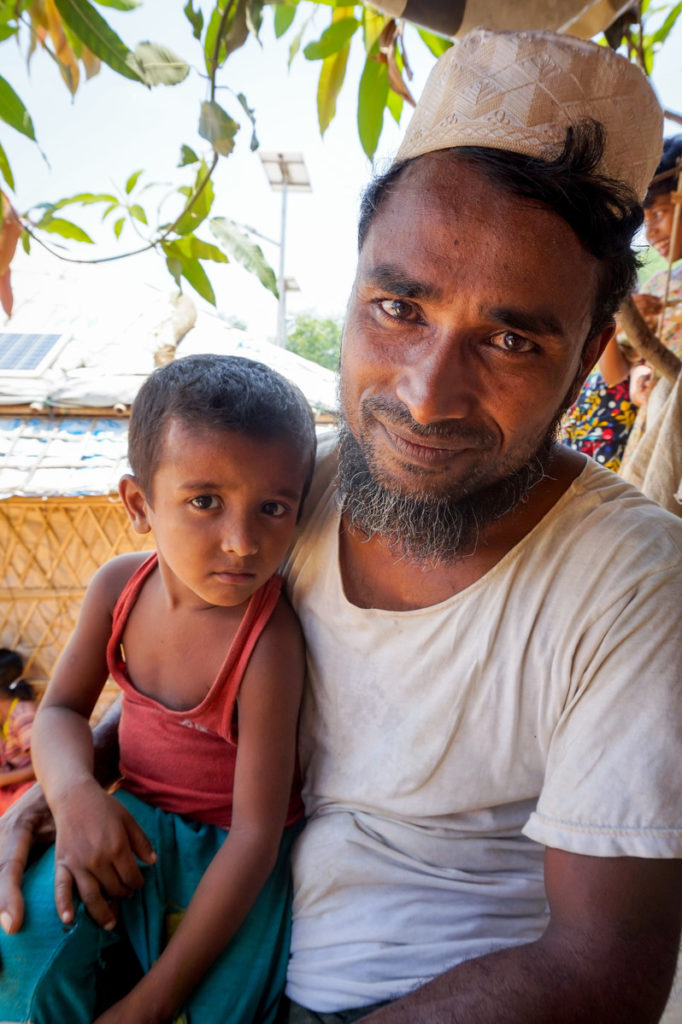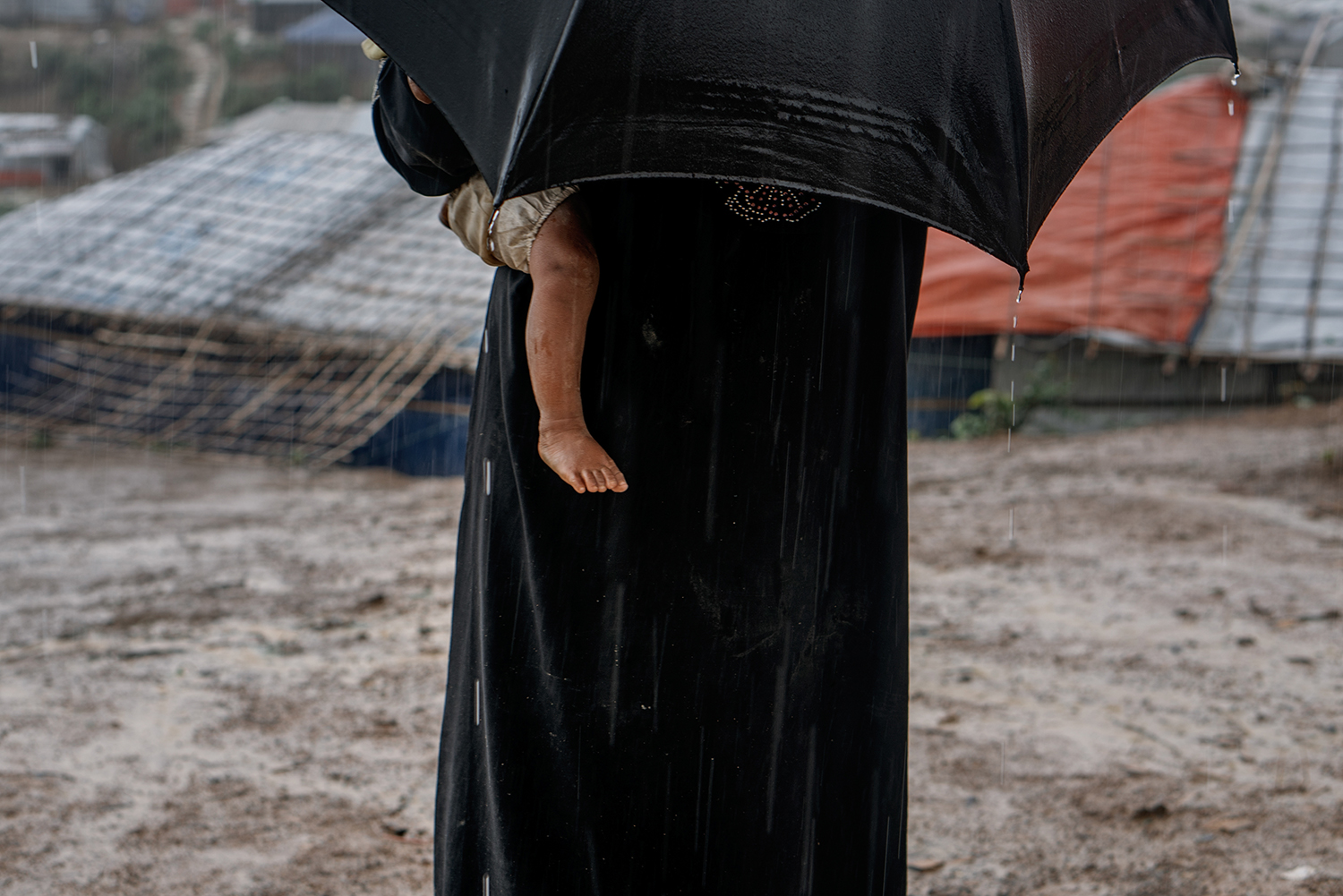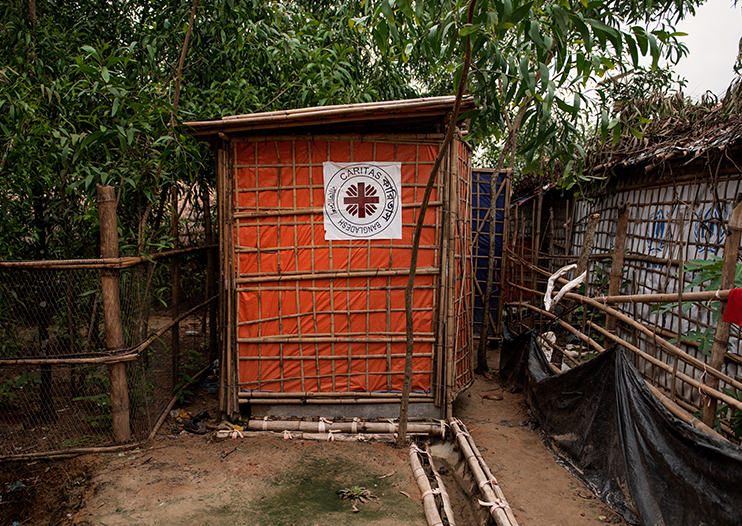When it rains good hygiene becomes even more important.
Earlier in 2018 there were no latrines or washing areas in many areas of the Cox’s Bazar refugee camps. Families had no choice but to defecate on the hillsides – because there were no latrines or washing facilities. When it rained the sludge just moved down the hillside, causing a health hazard.
Rebeya from Bangladesh started volunteering for Caritas Bangladesh in early 2018 and has been working on improving health and sanitation facilities in the camp.
On her first time visiting one of the camps, Rebeya says she felt overwhelmed by what she saw.
“I was a little bit scared. It was the first time I have ever visited a refugee camp. There were so many people and when I saw their houses, I was shocked, just bamboo and plastic [tarpaulin], and my first thought was, how are they surviving like this, in these conditions”?
“I came to understand that my role was in fact vital, good hygiene in these difficult conditions, can prevent illness, and saves lives.”
Rebeya would visit women in the camps and talked to them. She gained their trust which meant that Caritas Bangladesh were able to plan for latrines to be built in places which women and girls would feel safe using them.
“Rohingya women are very modest and shy, and we needed to respect this, by making sure that latrines were built close to home and had obvious signs saying: ‘women and girls only’. This made an enormous difference for women, and we did the same with the bathing areas.”
Rebeya says:
“I know that a sanitary item, isn’t life-saving – but, it is important, it is crucial in giving dignity back to women and girls who have been through so much suffering.
“The women tell me, that when they see us [Caritas Bangladesh], and they know that they are not forgotten.”

